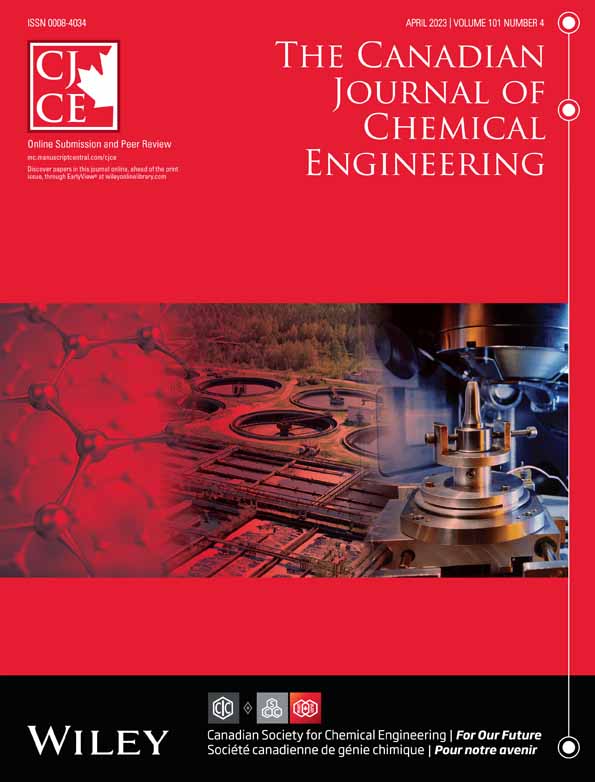A multi-priority hierarchical optimization method for double-layer model predictive control
Funding information: Natural Science Foundation of Henan Province, Grant/Award Number: 212300410205; Guangdong Province Key Field R&D Program, China, Grant/Award Number: 2020B0101050001; National Natural Science Foundation of China, Grant/Award Number: 52171331; Science and Technology Planning Project of Guangzhou City, Grant/Award Number: 202102010411
Abstract
Considering the demand for the sequential regulation of manipulated variables in actual industrial process control, the conventional solution of double-layer model predictive control faces the problem that the weight coefficients are difficult to tune. This paper proposes an improved hierarchical optimization method for manipulated variables in the steady-state optimization layer of double-layer model predictive control. The proposed method can adjust the manipulated variables sequentially without an accurate weight coefficient to avoid difficulty in tuning the weight coefficients. The relation between the optimal solution and the feasible region of the steady-state optimization layer is analysed to describe the reoptimization of the key manipulated variables. The impact of the economic cost coefficient on the optimal solution with the sensitivity analysis method is studied, and the complexity of using the weight coefficient to solve the priority optimization problem of the manipulated variables is assessed. The steady-state optimization solution procedure is improved based on the theory of the multiobjective complete hierarchical method. The hierarchical and sequential optimization of the manipulated variables results in expanding the space and freedom of the key manipulated variables, increasing efficiency, reducing consumption, and improving economic performance. The improved hierarchical optimization method is direct and simple in achieving optimization sequentially and satisfies the need for adjusting the manipulated variables according to human intentions.
Open Research
DATA AVAILABILITY STATEMENT
The data that support the findings of this study are available on request from the corresponding author.




